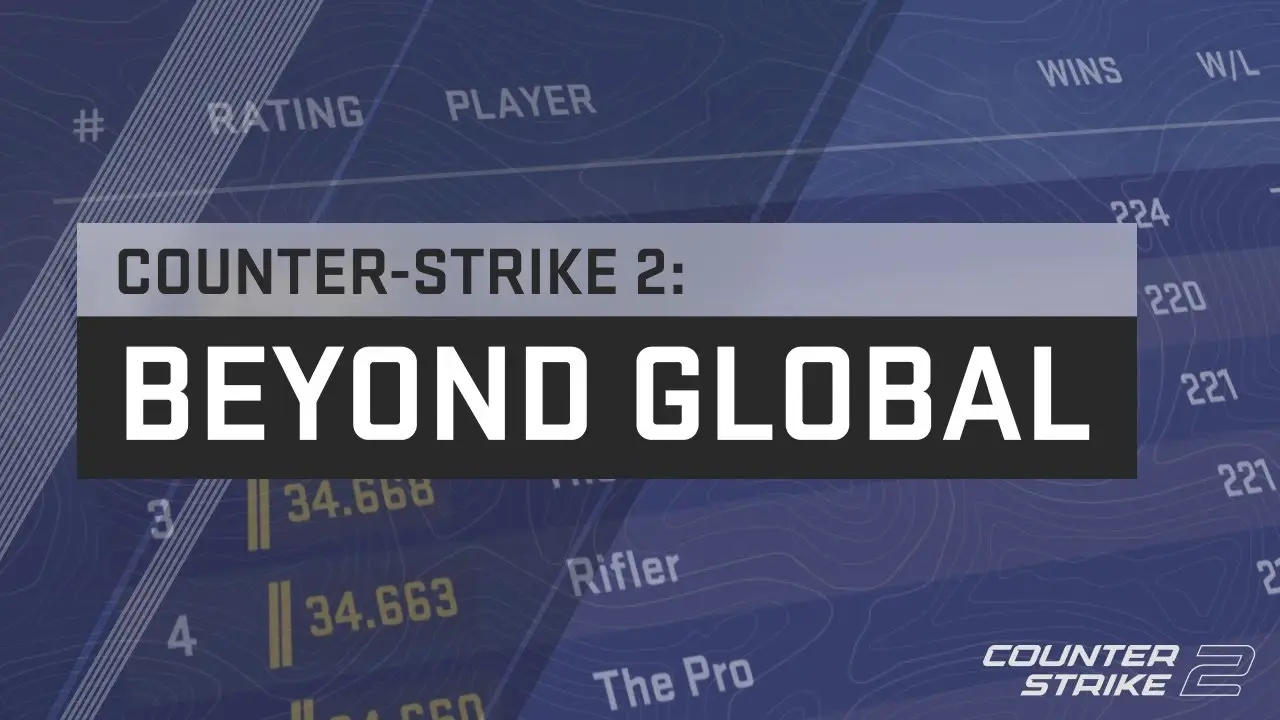- 10 Posts
- 112 Comments

 11·2 months ago
11·2 months agoAgreed. It seems like Nvidia is under pressure by their commercial customers for better, directly integrated open source drivers.
There is alot of demand for this kind of simplified virtualization infrastructure in the host side.

 25·2 months ago
25·2 months agoIt’d be great of this meant SR-IOV for all GPUs, but this seems like it only allows for sharing of a GPU to multiple guests. And even then, with most of the driver being on the GPU this might not help regular consumer GPUs at all (features being disabled in firmware). But I really don’t know anything about what this actually means.

 6·2 months ago
6·2 months agoI disagree with the notion that it’s better for the cheaters to have an easier time (and less chance of being detected), but you’re right, BattleEye doesn’t solve the cheating problem for GTA.
Rockstar should fix their netcode and run game server on dedicated server, instead of their customers PC’s. I’d think decting aimbot isn’t the biggest issue, while cheaters are able to break entire lobbies…
IMO no game should require client side anti cheat except for shooters, where looking through walls and aimbot is actually difficult to detect server side. At least for those is it possible to find valid arguments (except for being lazy).

 11·2 months ago
11·2 months agoCheat makers are likely behind this, asthey have monetary incentives to do so. If its Linux users I’d feel bad because stopping others from playing just because they can’t, is extremely bad behaviour.

 1·2 months ago
1·2 months agoI believe the advantage is that old drivers still work as they are all in the kernel. With them sharing much code it’s not even that big of a disk space issue. Edit: A more dynamic approach would be great though, especially with this size issue popping up.
In a way it’s great that I’m able to replace any part of my system and it just works without me having to make sure the old GPU driver doesn’t leave some traces behind–altough while writing this the latter part shouldn’t be an issue with Windows auto download and installation of drivers.
It’s one year cooldown after joining a family share. I.e. if you leave half a year after joining, you have to wait another half a year to join another family share.
Adults can leave a family at any time, however, they will need to wait 1 year from when they joined the previous family to create or join a new family.

 2·3 months ago
2·3 months agoSince most of the fediverse is run by volunteers, blocking ads isn’t much of a concern.
Though I do agree with the sentiment and I love Firefox + uBlock Origin on my phone.

 6·3 months ago
6·3 months agoThe Lemmy equivalent to a Reddit subreddit is a community.

 2·4 months ago
2·4 months agoI wonder whether they’ll only release an OLED Switch, or if they’ll sell the LED Switch first again.
As an enthusiast I’d be pretty pissed knowing to either wait a few years for the OLED or having to buy a second switch at some point. Reason being I can’t imagine going back to an LED after gaming on an OLED for years. My phone constantly shows me what my Steam Deck is missing.

 7·6 months ago
7·6 months agoIf they use a natively supported graphics API, i.e. Vulkan there’s not really a difference between Linux binaries and Windows binaries ran through proton. The possibility of the Linux version running worse is also there because of likely less optimization done by the devs due to multiple versions having to be developed.

 6·6 months ago
6·6 months agoShares aren’t necessarily voting shares, but I don’t know how that works and if it’s even relevant for the private Valve corporation.
So maybe Gabe Newell does have full control over Valve, or he might not.
It’s definitely interesting that it’s only 25%.
I prefer swap files over swap partitions, because it makes it my partition layout simpler to manage.
If your using a swap partition, make sure it’s located on an encrypted partition, else it exposes data stored in RAM (encryption keys etc). With SSD’s it’s difficult to make sure this data is actually deleted, even after overwriting.
My preferred setup for a long time was LUKS with btrfs on top. Then subvolumes for
/,/homeand the swap file (+ /var/cache, /var/log etc.). This gives me peace of mind nothing is unencrypted except /boot.Nowadays I simply use zram, which allows for a small part of RAM to be compressed for swap. It’s great, simple to setup and performs well. Imo it should be default for all desktops.
For swap files on btrfs COW and features like compression have to be disabled. I believe for btrfs the swap file even has to sit on a subvolume with those features disabled, so it’s not enough to only disable them for the swap file.
Online transactions require a second factor which displays the actual amount to be transferred. This works by either an app which receives the transaction data (recipient, how much) over the network, or a device which takes the bank card and is used to scan something similar to a qr code. The device then displays the transaction data.
This makes sure a fraudulent site can’t easily change the amount or the recipient of a transaction, even if they somehow made an identical website (or close enough).
For remote transactions (e.g. online payments), the security requirements go even further, requiring a dynamic link to the amount of the transaction and the account of the payee, to further protect the user by minimising the risks in case of mistakes or fraudulent attacks.
https://www.ecb.europa.eu/press/intro/mip-online/2018/html/1803_revisedpsd.en.html
It’s not perfect, especially with people using a banking app and the second factor app on the same device for convenience sake.

 21·8 months ago
21·8 months agoThat’s a bummer. Seems like Google Pixel and Fairphone are the only ones left. I don’t even know why manufacturers wouldn’t allow for relocking or even unlocking of their phones. I can’t imagine they make much money with user data and the phone is already paid for. Warranty claims shouldn’t be much of an issue either, as modifications can be easily detected and it’s likely not a relevant amount of people anyway.

 11·8 months ago
11·8 months agoThe banking apps I’ve tried don’t require SafetyNet, instead they use Android AOSP’s
basicIntegrity. The latter doesn’t require certification by Google, but also checks whether the device is rooted and the bootloader is locked.This means custom ROM’s on most devices won’t pass
basicIntegrity, as only Google Pixel,OnePlusand Fairphone allow for relocking the bootloader.

 10·8 months ago
10·8 months agoAt least in the EU web browsers don’t allow for authenticating transactions (beyond a limit of e.g. 30€). Either an additional authenticator app or a standalone card reader is mandatory.
Luckily my banking apps work flawlessly on GrapheneOS and even microG, likely because of they care about the bootloader being locked again.

 19·8 months ago
19·8 months agoIt’s not possible to dd a Windows ISO to a USB stick.
What way too many people fail to understand, because Linux ISOs are applying this method, but this is essentially a MAJOR HACK CALLED ‘ISOHYBRID’, is that, in most cases, you cannot simply take an ISO image and copy it byte for byte to a USB drive, and expect that to boot.
But is it useful what you’ve learned? Could’ve learned something else.
(But I’m commenting on a meme, instead washing my dishes, both things that didn’t teach me much).





Analogue likely doesn’t emulate the hardware at the transistor level, as it’s far more difficult than doing what most software emulators do.
From an interesting (altough non-conclusive) HN-thread [1].
[1] https://news.ycombinator.com/item?id=37901381